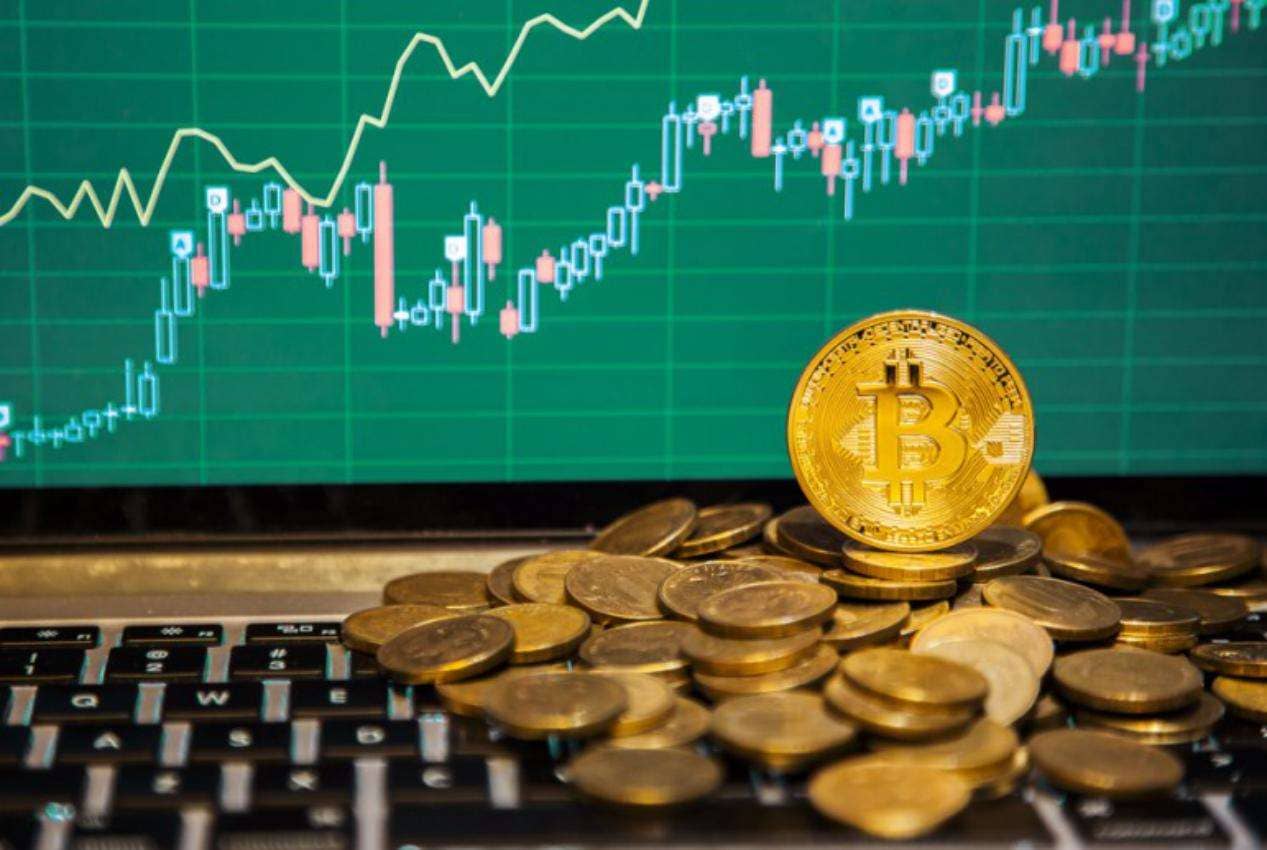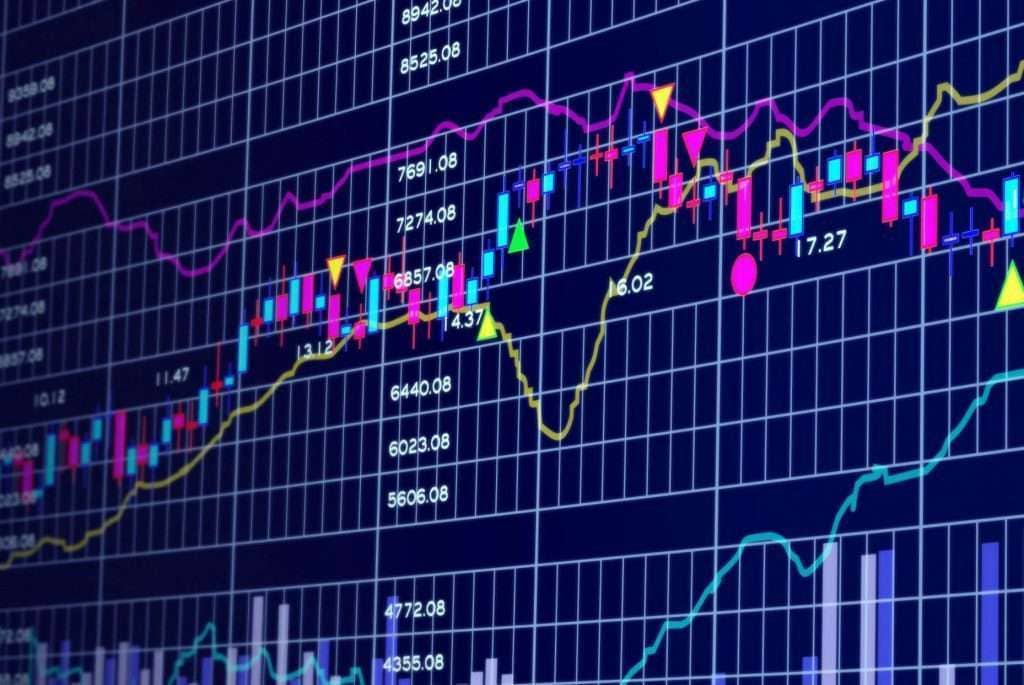Content
Our partners cannot pay us to guarantee favorable reviews of their products or services. To earn higher returns than the benchmark indices like S&P 500, Dow Jones Industrial Average, NASDAQ Composite, etc. As always, think about your own financial situation, your life stage, and your ability to tolerate risk before you invest your money. This video will help you get started and give you the confidence to make your first investment. The Motley Fool has helped millions of people in the pursuit of financial freedom — helping the world become smarter, happier, and richer. Founded in 1993 by brothers Tom and David Gardner, The Motley Fool helps millions of people attain financial freedom through our website, podcasts, books, newspaper column, radio show, and premium investing services.

We live that commitment through long-lasting partnerships, community-based delivery and engaging our best asset—Morgan Stanley employees. Our firm’s commitment to sustainability informs our operations, governance, risk management, diversity efforts, philanthropy and research. Morgan Stanley is differentiated by the caliber of our diverse team. Our culture of access and inclusion has built our legacy and shapes our future, helping to strengthen our business and bring value to clients. The global presence that Morgan Stanley maintains is key to our clients’ success, giving us keen insight across regions and markets, and allowing us to make a difference around the world. From our startup lab to our cutting-edge research, we broaden access to capital for diverse entrepreneurs and spotlight their success.
Online Investments
Passive investors are trying to “be the market” instead of beat the market. They’d prefer to own the market via an index fund, and by definition they’ll receive the market’s return. For the S&P 500, that average annual return has been about 10 percent over long stretches. By owning an index fund, passive investors actually become what active traders try – and usually fail – to beat.
"It is estimated that cycling provides over £5.5m of health economic benefits each year in Southampton… better health, reduced pollution, better productivity and an active workforce." 🚲💚Read our blog on why investing in cycling can benefit everyone: https://t.co/CMGcfNchGf
— SouthamptonCC (@SouthamptonCC) January 19, 2020
Either way, you’ll pay more for an active fund than for a passive fund. Active investments are funds run by investment managers who try to outperform an index over time, such as the S&P 500 or the Russell 2000. Passive investments are funds intended to match, not beat, the performance of an index.
What Is Passive Investing?
The active investing fund managers can diversify their mix of assets and focus on the most promising investment. Some might have lower fees and a better performance track record than their active peers. Remember that great performance over a year or two is no guarantee that the fund will continue to outperform. Instead you may want to look for fund managers who have consistently outperformed over long periods. These managers often continue to outperform throughout their careers. In 2013, actively managed equity funds attracted $298.3 billion, while passive index equity funds saw net inflows of $277.4 billion, according to Thomson Reuters Lipper.
He found that subsequent to being selected, these funds tied the performance of the average stock fund, and significantly underperformed the market after accounting for all costs. For passive and index fund portfolio managers, the idea is to hold as many stocks in as many industries and as many countries as reasonably possible. Transaction expenses, taxes and tracking error, the byproducts of portfolio management, are the unavoidable costs of asset allocation. The passive and index fund portfolio management process offers a way to invest that reduces these and other costs that penalize long-term expected returns.
One can earn reasonable returns by bearing lower risks than active investing. Active investing is different from passive investing which is a “buy and hold” investment strategy. Passive investing is less risky, less costly, and yields moderate returns. Some investors have built diversified portfolios by combining active funds they know well with passive funds that invest in areas they don’t know as well.
Active investing has become more popular than it has in several years, particularly during market upheavals. Gordon Scott has been an active investor and technical analyst or 20+ years. 2) Active Investing—The Active Investing platform is owned by SoFi Securities LLC. Clearing and custody of all securities are provided by APEX Clearing Corporation. Investing in specific companies you know and believe in can be both fascinating and rewarding, especially if they align with your interests or social values.
How Much of the Market Is Passively Invested?
While commissions on stocks and ETFs are now zero at major online brokers, active traders still have to pay taxes on their net gains, and a lot of trading could lead to a huge bill come tax day. As an investor, a passive or active style may be best suited to your needs. Importantly, neither type of investing is outright better than the other.
- That’s why it’s a favorite of financial advisors for retirement savings and other investment goals.
- An individual stock’s return is affected by three factors; the company’s financial performance, the performance of the sector, and the performance of the overall market.
- In the future we are likely to see a wider assortment of hybrid products emerging and the distinction between active and passive investing may become blurred again.
- By holding stocks for the long haul and avoiding reacting to ups and downs in the market, you hope to benefit from an overall increase in market prices over time.
- Most brokerages don’t charge trading fees for run-of-the-mill purchases of stocks and ETFs these days.
- Also, there is a body of research demonstrating that indexing typically performs better than active management.
- One fund has an annual fee of 0.08%, and the other has an annual fee of 0.76%.
See how we can help you work toward your goals—even as they evolve over years or generations. Morgan Stanley leadership is dedicated to conducting first-class business in a first-class way. Our board of directors and senior executives hold the belief that capital can and should benefit all of society. We offer scalable investment products, foster innovative solutions and provide actionable insights across sustainability issues.
While you can certainly use tax-loss harvesting with passive investing, the amount of trading that takes place with active investment strategies may create more opportunities and make it easier to avoid the wash-sale rule. It’s a complex subject, especially for high net worth investors with https://xcritical.com/ access to hedge funds, private equity funds, and other alternative investments, most of which are actively managed. Participants in the Investment Strategies and Portfolio Management program get a deep exposure to active and passive strategies, and how to combine them for the best results.
Market Data
Active investing aims to earn short-term profits by outperforming the benchmark indices. It involves swing trading strategies wherein multiple buying and selling transactions are carried out in a short span of time. Information provided on Forbes Advisor is for educational purposes only. Your financial situation is unique and the products and services we review may not be right for your circumstances. We do not offer financial advice, advisory or brokerage services, nor do we recommend or advise individuals or to buy or sell particular stocks or securities.

John Schmidt is the Assistant Assigning Editor for investing and retirement. Before joining Forbes Advisor, John was a senior writer at Acorns and editor at market research group Corporate Insight. His work has appeared in CNBC + Acorns’s Grow, MarketWatch and The Financial Diet. As a rule of thumb, says Siegel, a manager must produce 10 years of market-beating performance to make a convincing case for skill over luck. Morgan Stanley Smith Barney LLC, its affiliates and Morgan Stanley Financial Advisors do not provide legal or tax advice. This material should not be viewed as advice or recommendations with respect to asset allocation or any particular investment.
Passive investing is not only for traditional asset classes
Some quantitative funds are actively managed, though decisions are made in a systematic way. An increase in the value of an investment over the initial purchase price. A capital gain is “unrealized” until the investment is sold, when it becomes a “realized” gain.

You put your money on autopilot, which takes away the worry and frees up your time for more important efforts. Bankrate is compensated in exchange for featured placement of sponsored products and services, or your clicking on links posted on this website. This compensation may impact how, where and in what order products appear. Bankrate.com does not include all companies or all available products.
Cryptocurrency Secrets For Happy Trading And Investing Mindset
The fund managers identify the right time to buy and sell securities. Moreover, passive investing focuses on matching the returns with the index rather than outperforming it. Buy And HoldThe term “buy and hold” refers to an investor’s investment strategy in which they hold securities for a long period of time, ignoring the ups and downs in market price during a short period of time. When all goes well, active investing can deliver better performance over time. But when it doesn’t, an active fund’s performance can lag that of its benchmark index.

So passive funds typically have lower expense ratios, or the annual cost to own a piece of the fund. Those lower costs are another factor in the better returns for passive investors. Passive, or index-style investments, buy and hold the stocks or bonds in a market index such active vs passive investing as the Standard & Poor’s 500 or the Dow Jones Industrial Average. A vast array of indexed mutual funds and exchange-traded funds track the broad market as well as narrower sectors such as small-company stocks, foreign stocks and bonds, and stocks in specific industries.
Active management performance history
But more sophisticated, derivative-based trading strategies may incur fees. And if you invest in actively managed funds, you’ll have to pay high expense ratio fees. Because of the research and amount of trades involved, actively managed funds have relatively high expense ratios, averaging 0.71% as of 2020. A savvy financial advisor or portfolio manager can use active investing to execute trades that offset gains for tax purposes.
Finding the Ideal Place to Live in Retirement
The digitization of the advice industry may create opportunities for a whole new range of active and hybrid products. Quantitative investing funds based on empirical evidence have varying degrees of turnover. Most quant funds have low turnover, though some are more active than others. Smart beta ETFs attempt to improve on the performance of market cap-weighted indices. While these are index funds, the index funds are adjusted more frequently than market cap indices.

Recent Comments